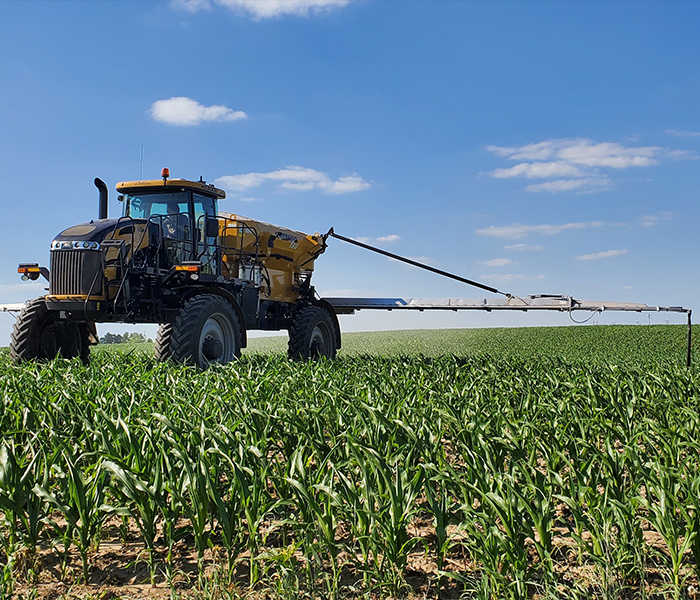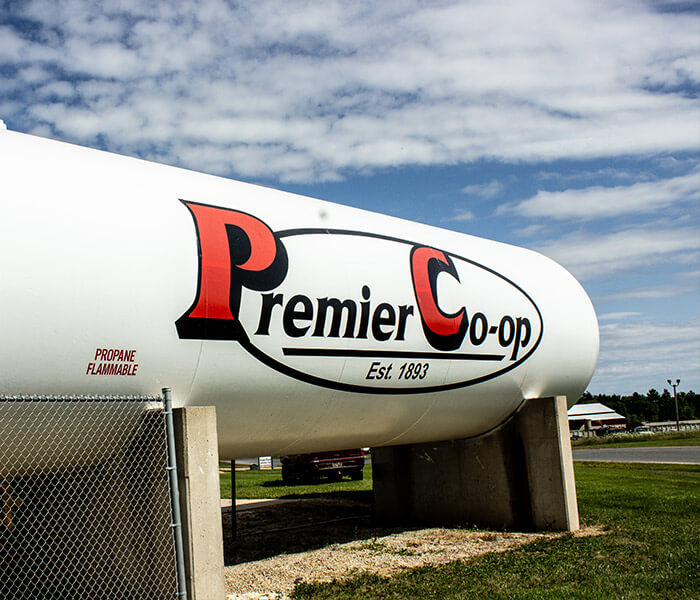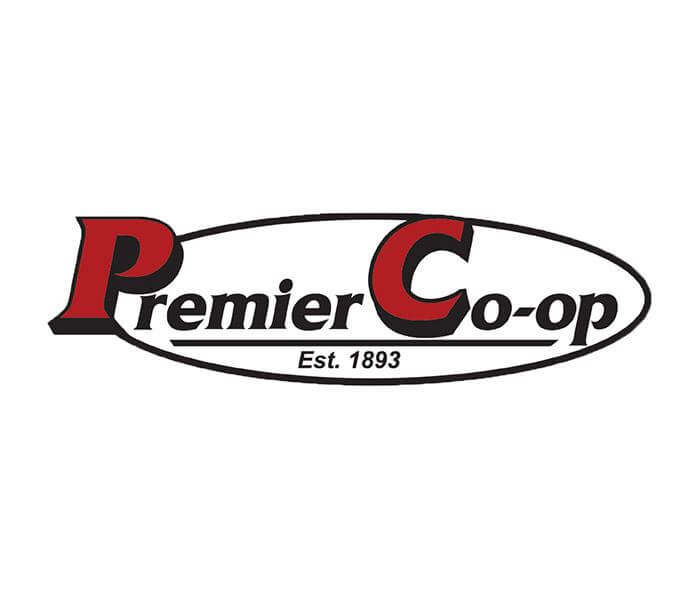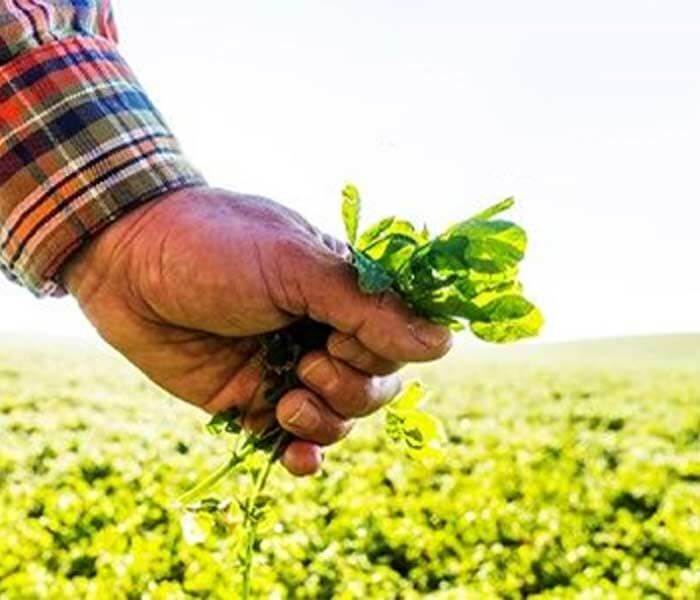New Strategies Help Farmers Unlock Alfalfa’s Full Yield Potential
As alfalfa continues to be a cornerstone forage crop for livestock producers across the Midwest and beyond, new insights into its management are helping farmers close the gap between genetic potential and on-farm performance.
Agronomists and seed experts are emphasizing five key areas where growers can make the biggest impact: stand establishment, soil fertility, crop protection, seed genetics, and harvest timing.
1. Precision Seeding Sets the Stage
Establishing a thick, uniform alfalfa stand begins with precision. Experts recommend seeding into soil warmer than 50°F, using fungicide-treated seed, and ensuring proper planting depth. “Too deep and emergence suffers; too shallow and seeds may dry out,” says one agronomist. Roundup Ready® Alfalfa is also gaining traction for its ability to support weed-free establishment with glyphosate applications.
2. Soil Fertility: The Foundation of Forage Quality
Potassium, phosphorus, sulfur, and boron are critical nutrients for alfalfa, especially in high-yield systems. Potassium, for example, plays a vital role in photosynthesis and winterhardiness. Regular soil and tissue testing is encouraged, along with annual applications of sulfur and boron in regions with high rainfall, where leaching is common.
3. Crop Protection: Stay Ahead of Pests and Disease
Fungicides and insecticides are essential tools in protecting alfalfa from yield-robbing threats. University data shows that fungicide applications on first and second cuts offer the highest return. Meanwhile, pests like alfalfa weevil and potato leafhopper require vigilant scouting and timely treatment, particularly in the Midwest and Eastern U.S.
4. Genetics Drive Performance
New alfalfa varieties are being released at a rapid pace, offering improved resistance to diseases like Aphanomyces root rot and Anthracnose. The HarvXtra® trait, combined with Roundup Ready®, is helping growers extend harvest windows and improve forage digestibility by reducing lignin content.
5. Harvest Timing: Height Over Calendar
Rather than relying on the calendar, experts recommend cutting alfalfa at 28 inches tall to balance yield and quality. Tools like the PEAQ stick help predict forage value and guide harvest timing. Reducing wheel traffic and optimizing mechanical harvest practices can also preserve leaf content and minimize compaction.
Looking Ahead
With better genetics and smarter management, the potential for alfalfa profitability is higher than ever. Farmers are encouraged to work closely with their local seed retailers and agronomists to tailor these strategies to their specific conditions.
Contact your local Premier agronomist to learn more.




